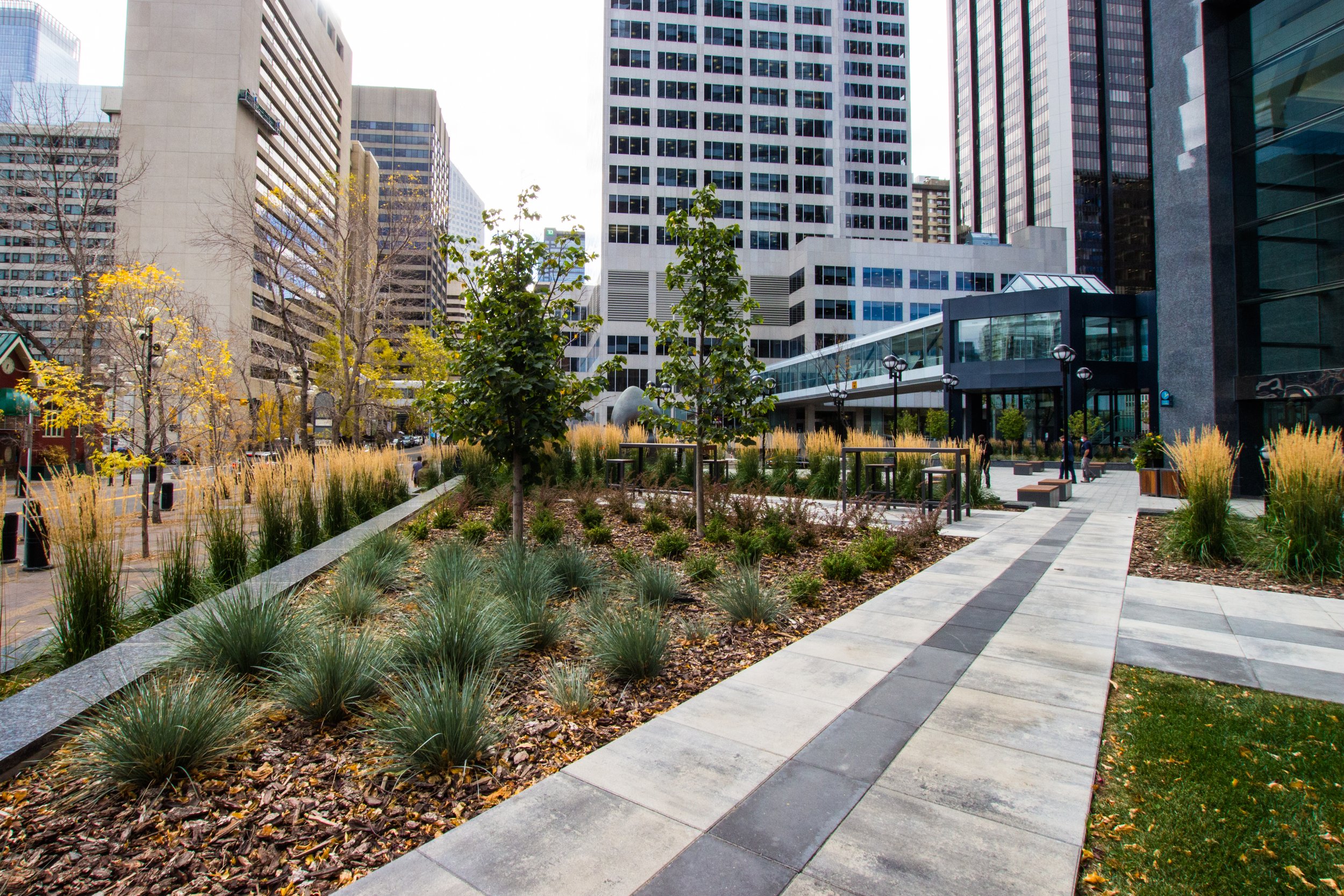In today’s competitive business landscape, creating an inviting and aesthetically pleasing outdoor environment is essential for commercial properties. Whether it’s a corporate office, retail center, hospitality venue, or healthcare facility, well-designed landscaping can enhance curb appeal, improve customer experiences, and boost property values. Commercial landscape design encompasses a blend of creativity, functionality, and sustainability to transform outdoor spaces into vibrant and welcoming environments that leave a lasting impression on visitors and tenants alike.
The Importance of Commercial Landscape Design:
- First Impressions: The exterior appearance of a commercial property sets the tone for visitors and customers. A well-designed landscape creates a positive first impression, conveying professionalism, attention to detail, and a commitment to quality.
- Brand Identity: Landscape design elements such as color schemes, signage, and architectural features can be integrated to reflect the brand identity and values of a business. Consistent branding creates a cohesive and memorable experience for customers and strengthens brand recognition.
- Customer Experience: Outdoor spaces play a vital role in shaping the overall customer experience. Thoughtfully designed landscapes provide opportunities for relaxation, socialization, and enjoyment, enhancing the overall satisfaction of visitors and customers.
- Environmental Benefits: Sustainable landscaping practices, such as water-efficient irrigation, native plantings, and green infrastructure, can reduce environmental impact, conserve resources, and promote biodiversity. Commercial properties that prioritize sustainability demonstrate corporate responsibility and environmental stewardship.
- Property Value: Well-maintained and visually appealing landscapes can increase the value of commercial properties and attract tenants, investors, and buyers. Investing in professional landscape design yields long-term returns by enhancing the desirability and marketability of the property.
Key Elements of Commercial Landscape Design:
- Site Analysis: A comprehensive site analysis is conducted to assess factors such as site topography, soil conditions, drainage patterns, and microclimates. Understanding site characteristics informs design decisions and ensures compatibility with the natural environment.
- Functional Design: Commercial landscapes must be designed to accommodate various functions and activities, including pedestrian circulation, vehicular access, outdoor seating areas, and recreational spaces. Functional design elements are integrated seamlessly into the overall landscape layout to optimize usability and accessibility.
- Aesthetic Appeal: Visual elements such as plant selection, hardscape materials, lighting, and focal points are carefully chosen to create a visually appealing and harmonious landscape composition. Attention is paid to color, texture, scale, and proportion to evoke desired aesthetic qualities and evoke emotional responses.
- Sustainable Practices: Sustainable landscaping principles are integrated into the design to minimize environmental impact and resource consumption. Strategies may include drought-tolerant plantings, rainwater harvesting systems, permeable paving, and green roofs or walls.
- Maintenance Considerations: Ongoing maintenance requirements are taken into account during the design process to ensure that the landscape remains attractive and functional over time. Low-maintenance plantings, durable materials, and efficient irrigation systems are selected to minimize upkeep and maintenance costs.
Conclusion: Commercial landscape design plays a vital role in shaping the identity, functionality, and sustainability of commercial properties. By investing in professional landscape design services, property owners and managers can create outdoor spaces that enhance curb appeal, elevate customer experiences, and contribute to environmental stewardship. Whether it’s a corporate campus, retail plaza, or hospitality venue, a well-designed landscape adds value, beauty, and distinction to commercial properties, reinforcing their position as destinations of choice in the built environment.
